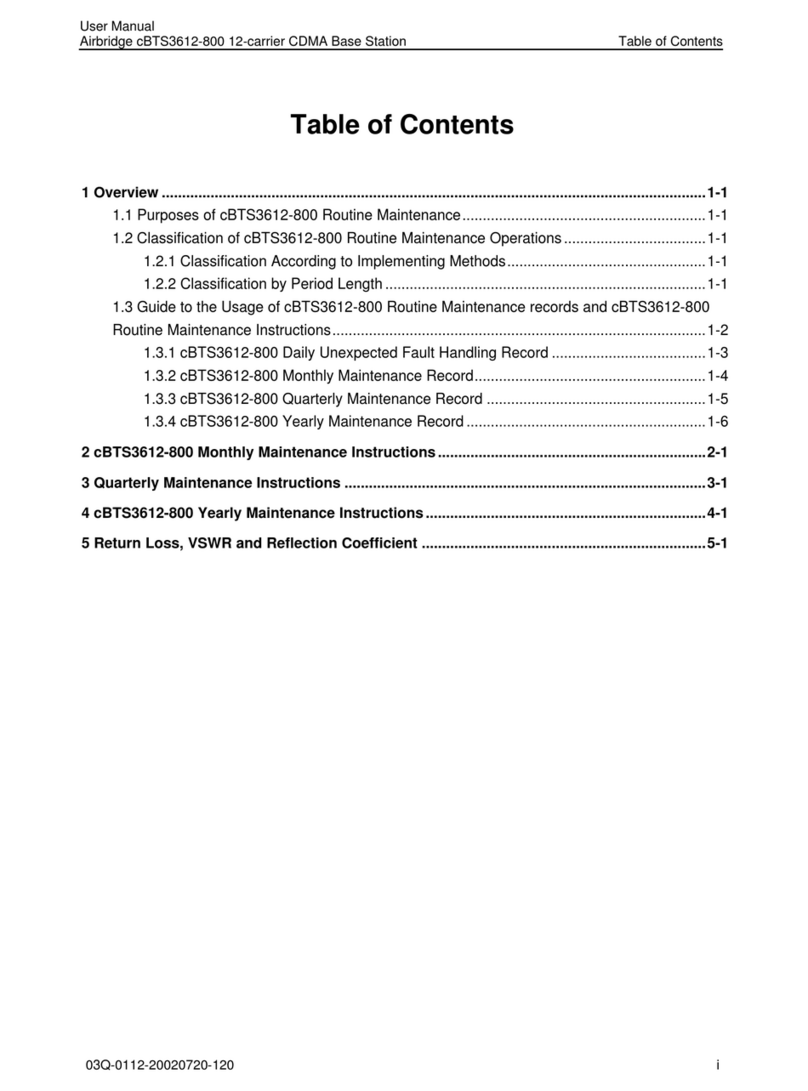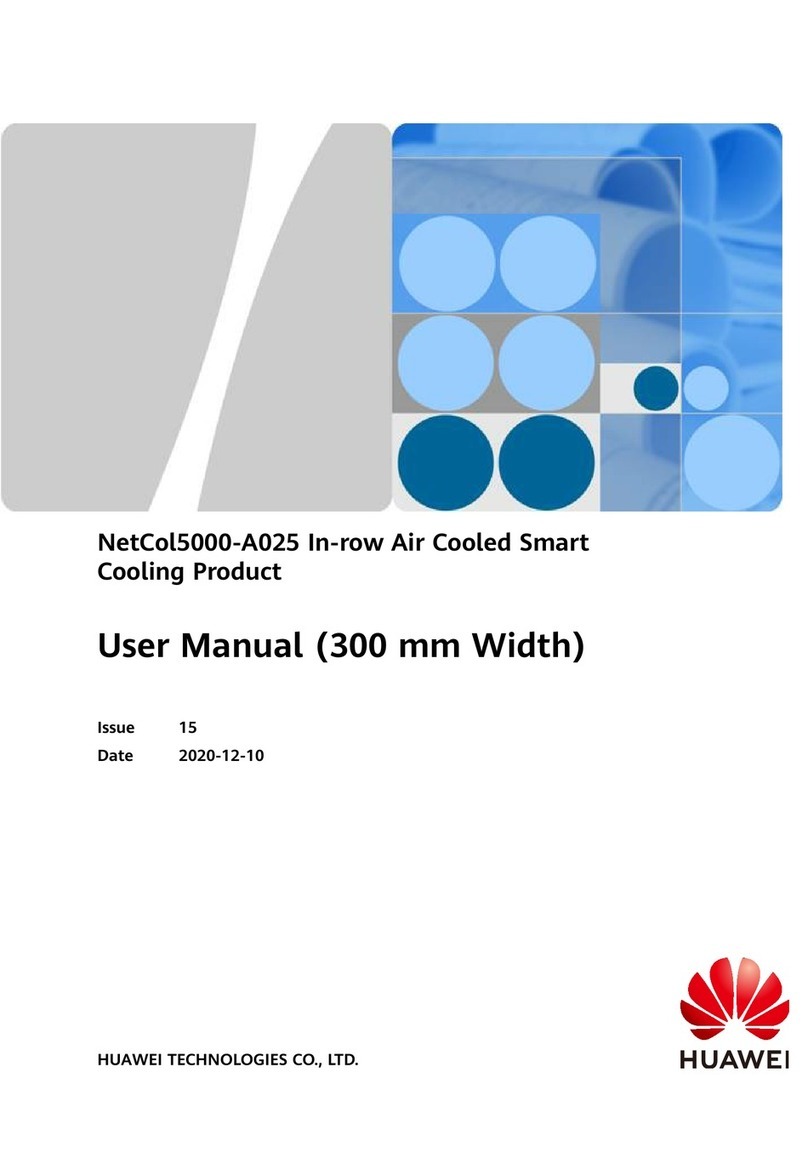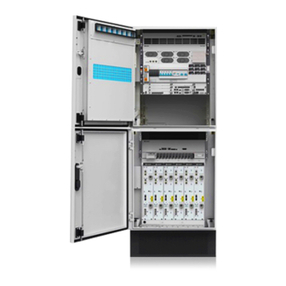Huawei FusionCol8000-C210 User manual
Other Huawei Accessories manuals
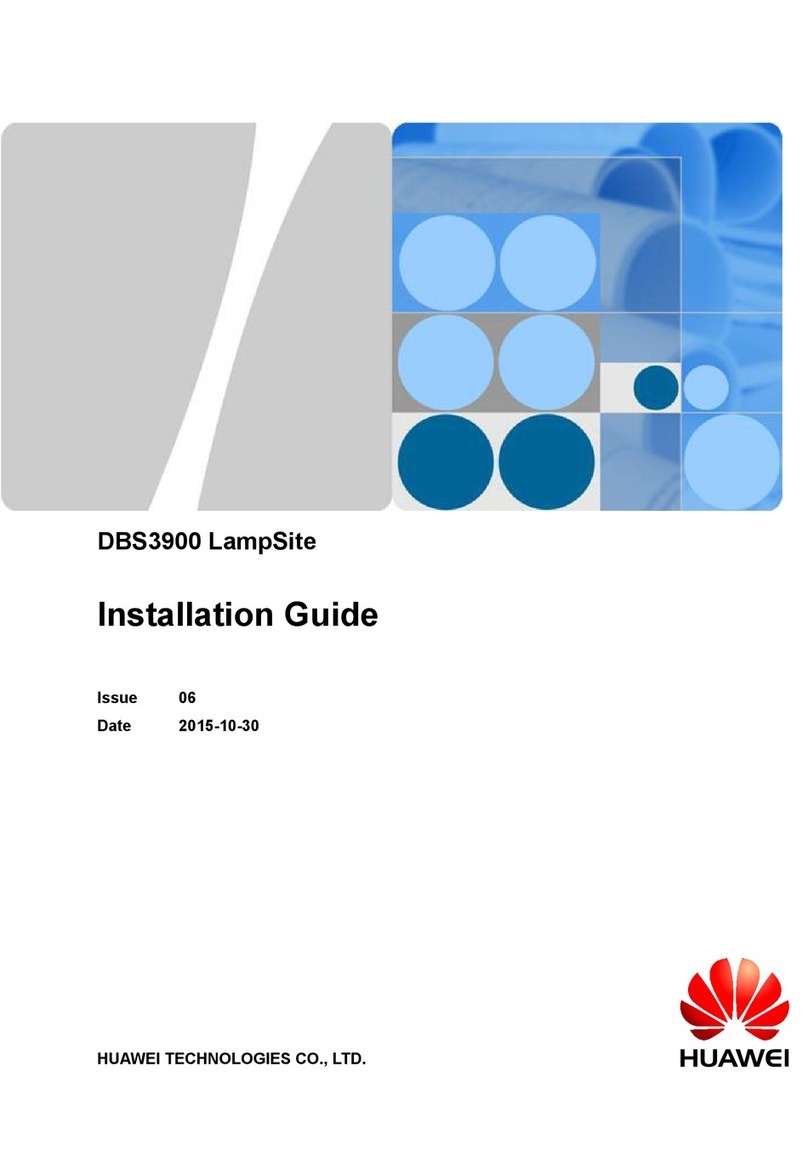
Huawei
Huawei Airbridge DBS3900 User manual
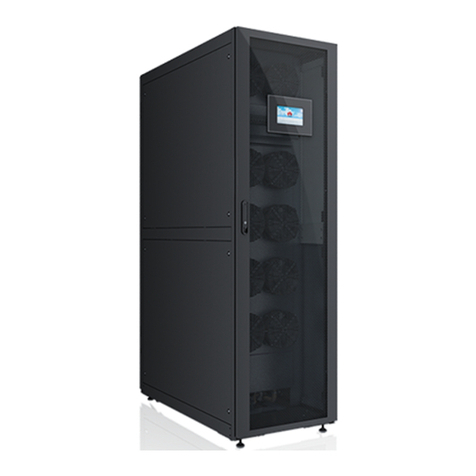
Huawei
Huawei NetCol5000-A050 User manual

Huawei
Huawei Airbridge DBS3900 User manual

Huawei
Huawei 3900 Series User manual
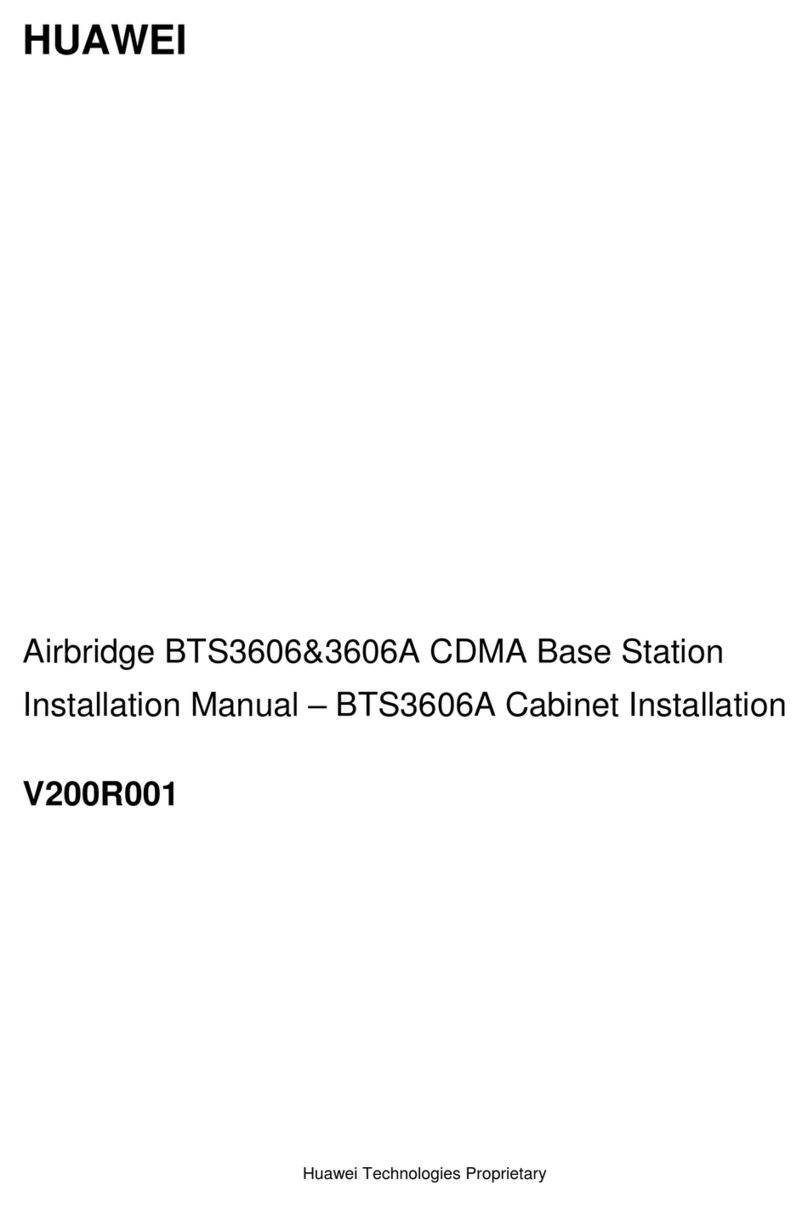
Huawei
Huawei BTS3606 User manual
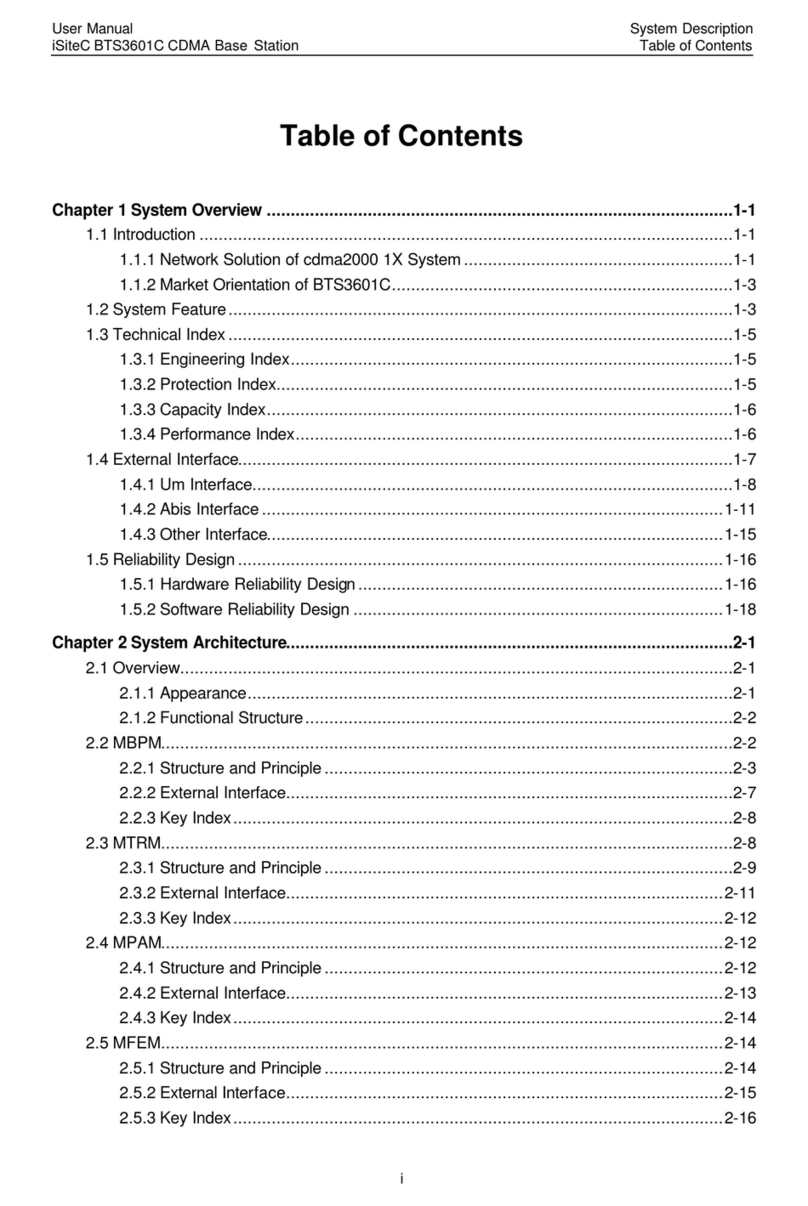
Huawei
Huawei iSiteC BTS3601C-800 User manual
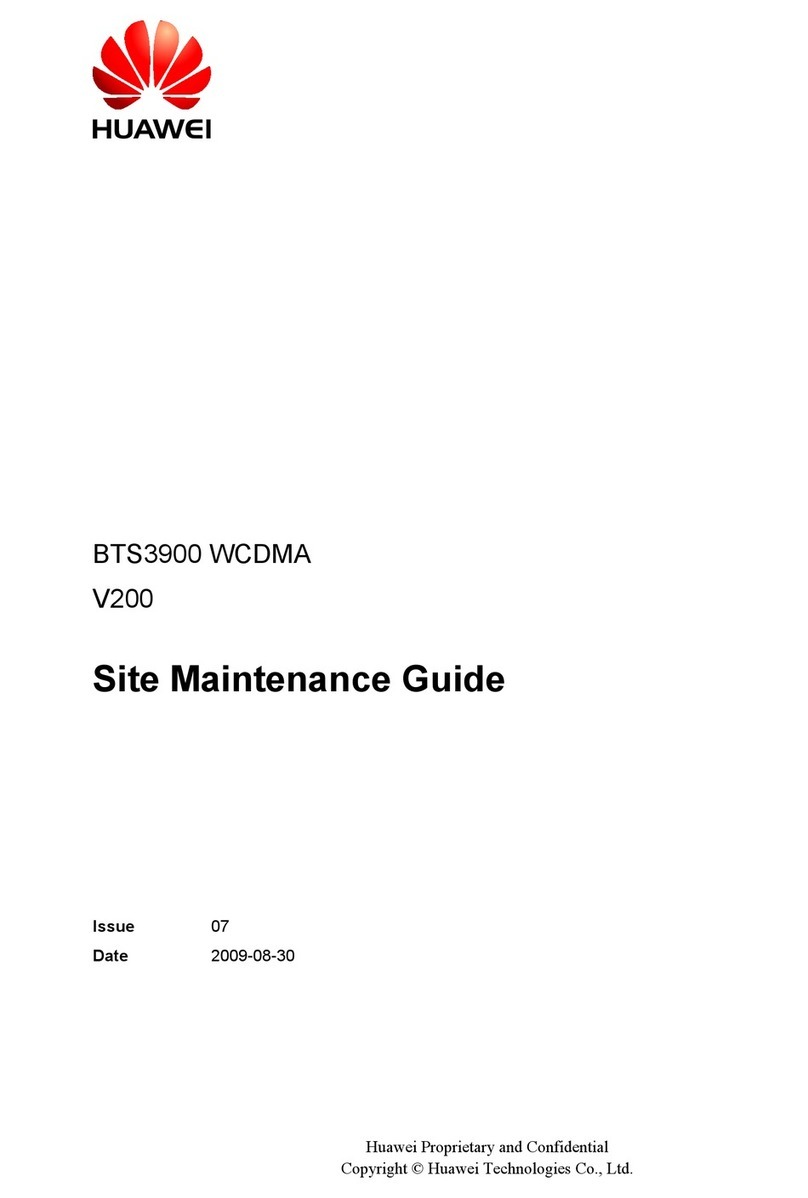
Huawei
Huawei BTS3900 V200R010 Operating manual

Huawei
Huawei Airbridge BTS3612A User manual
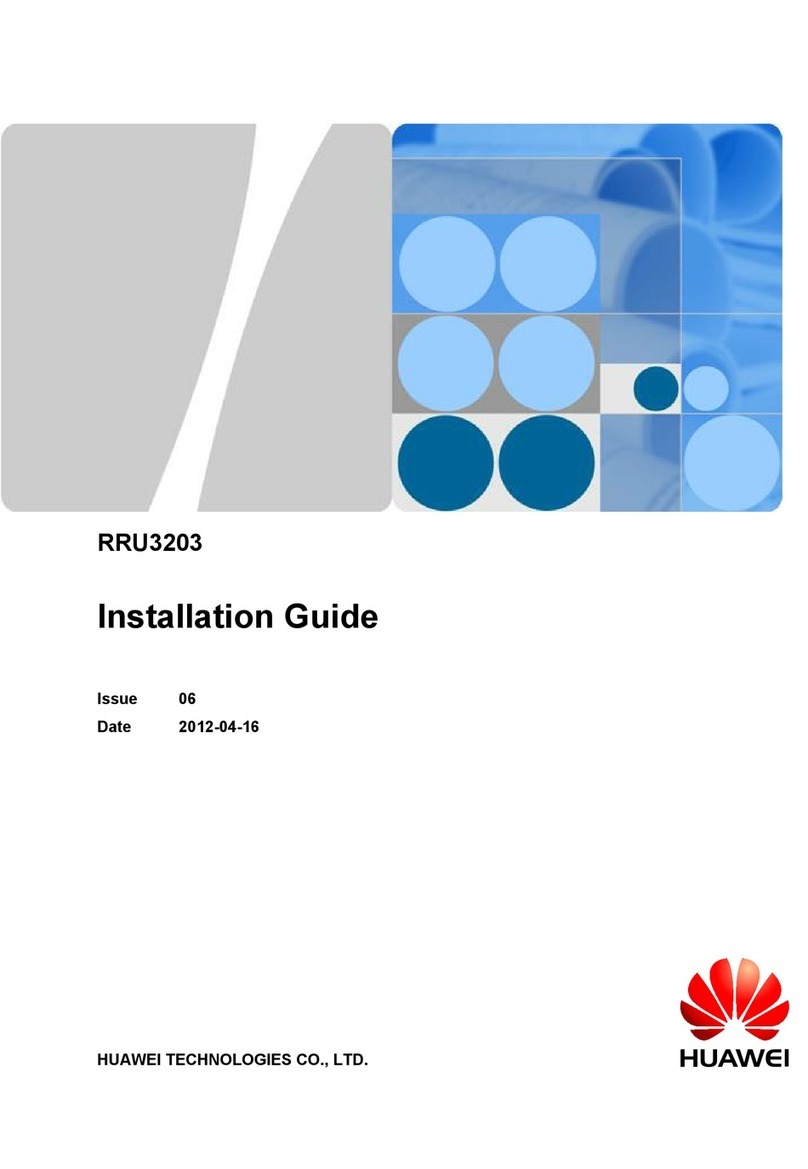
Huawei
Huawei RRU3203-B12 User manual
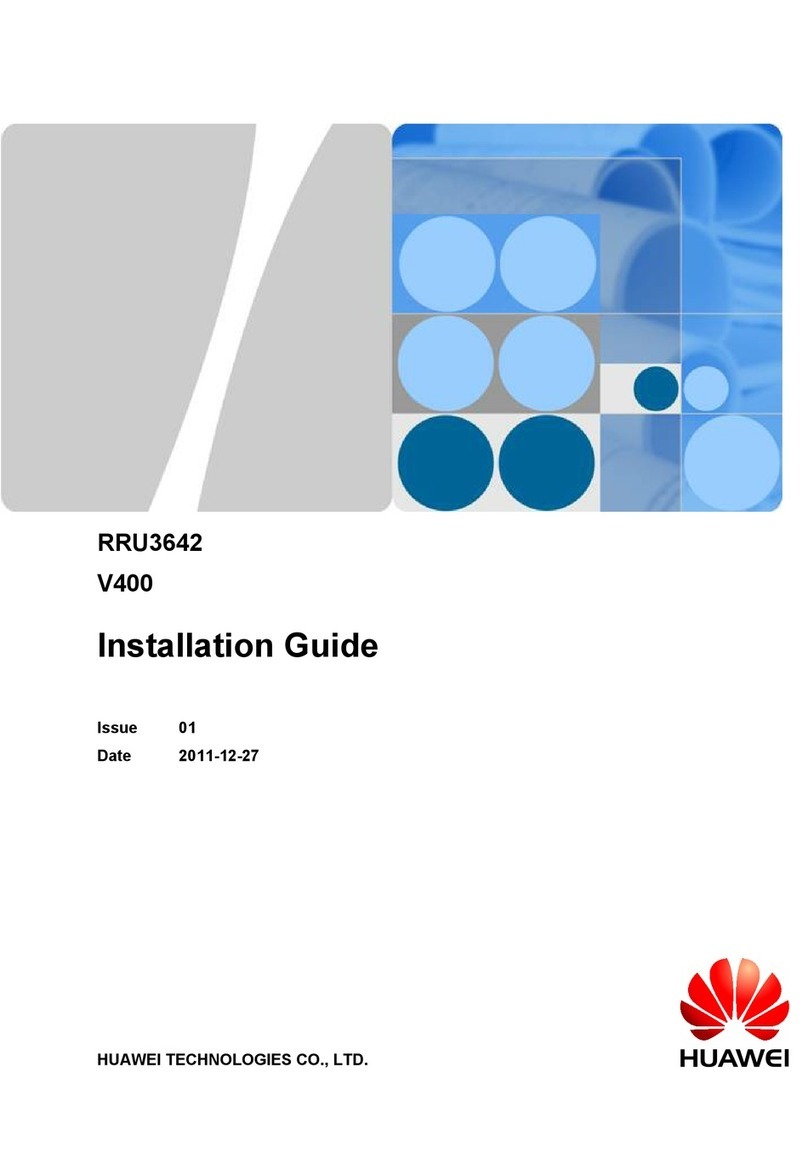
Huawei
Huawei RRU3642 User manual

Huawei
Huawei Airbridge DBS3900 User manual
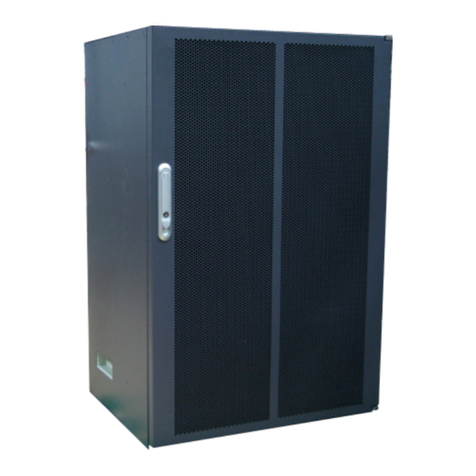
Huawei
Huawei BTS3900 V100R003 Guide

Huawei
Huawei CD52 User manual
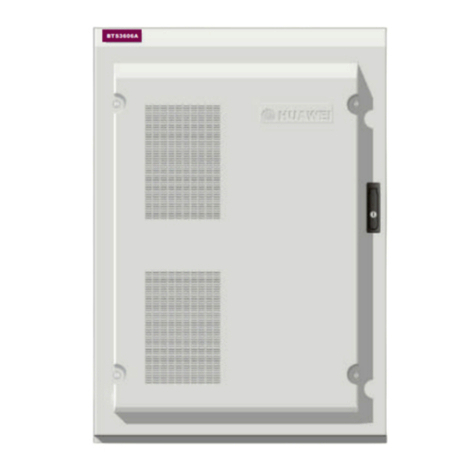
Huawei
Huawei Airbridge BTS3606A User manual

Huawei
Huawei BTS3900L GSM User manual
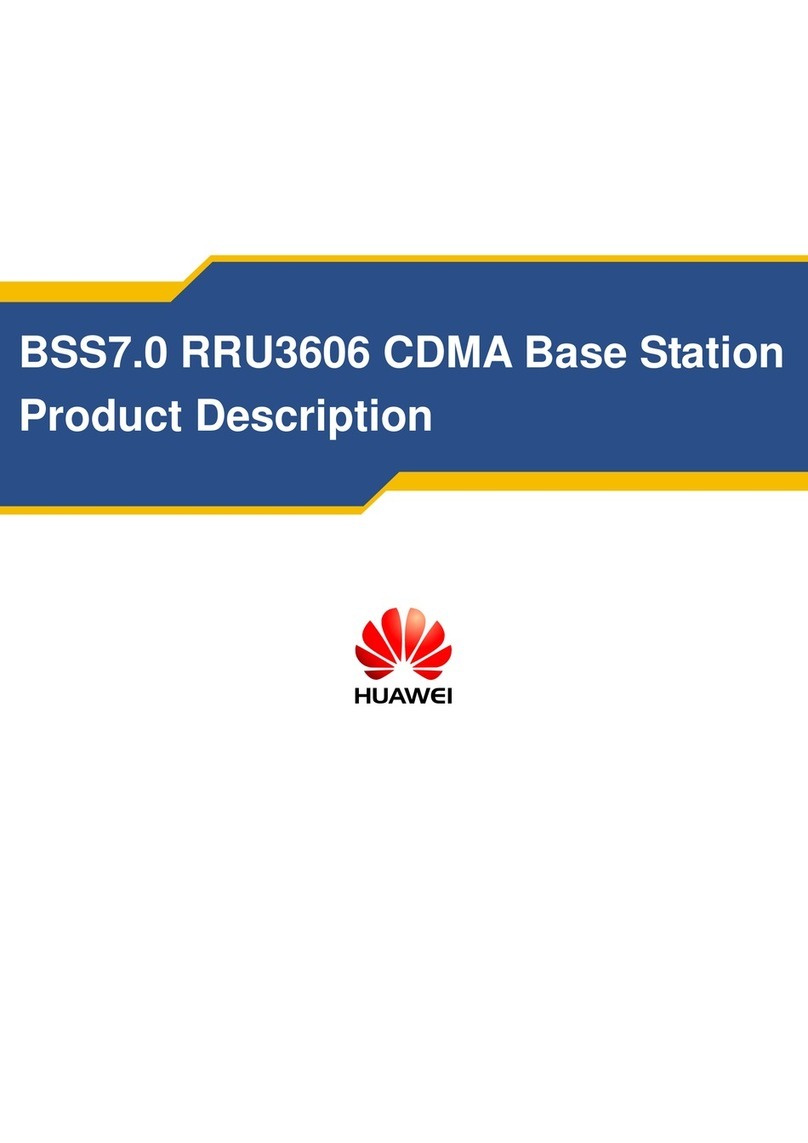
Huawei
Huawei BSS7.0 RRU3606 Technical specifications
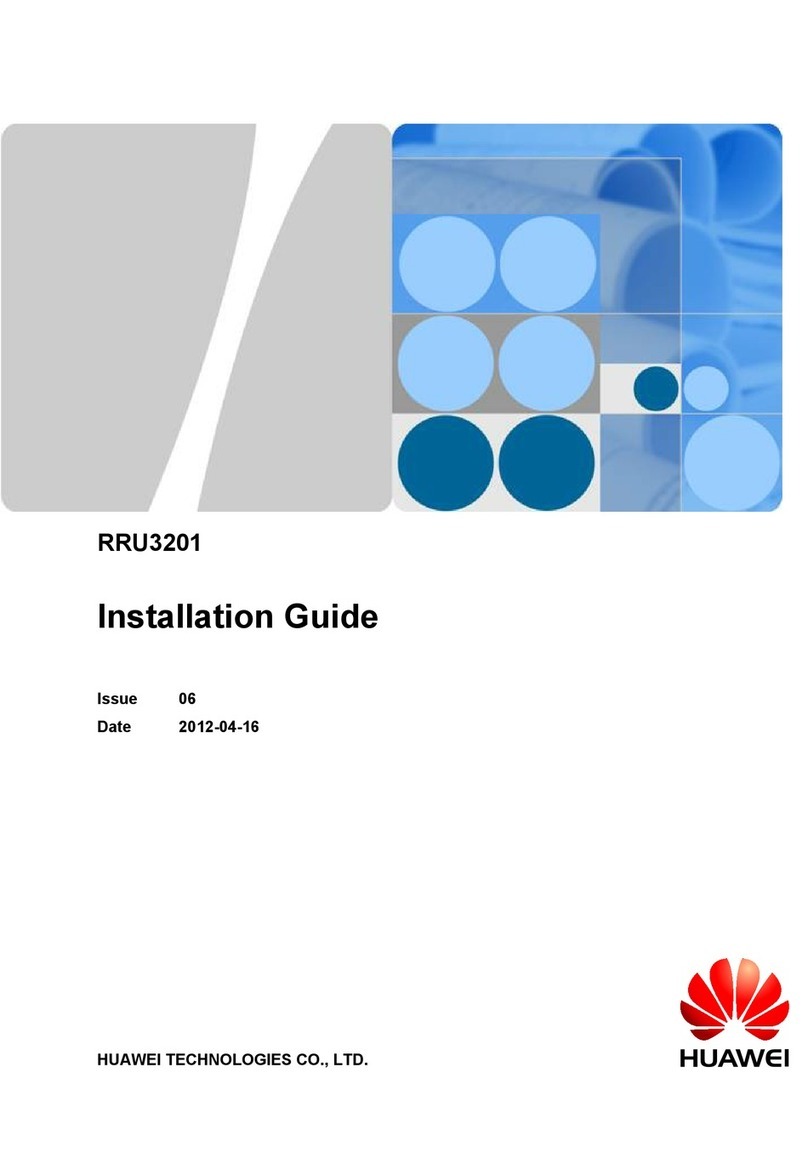
Huawei
Huawei RRU3201 User manual

Huawei
Huawei RRU3804 User manual
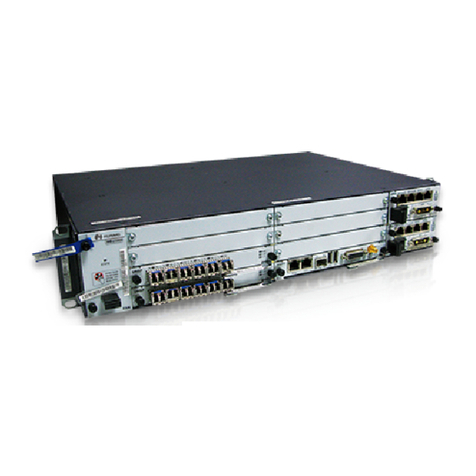
Huawei
Huawei eNodeB User manual
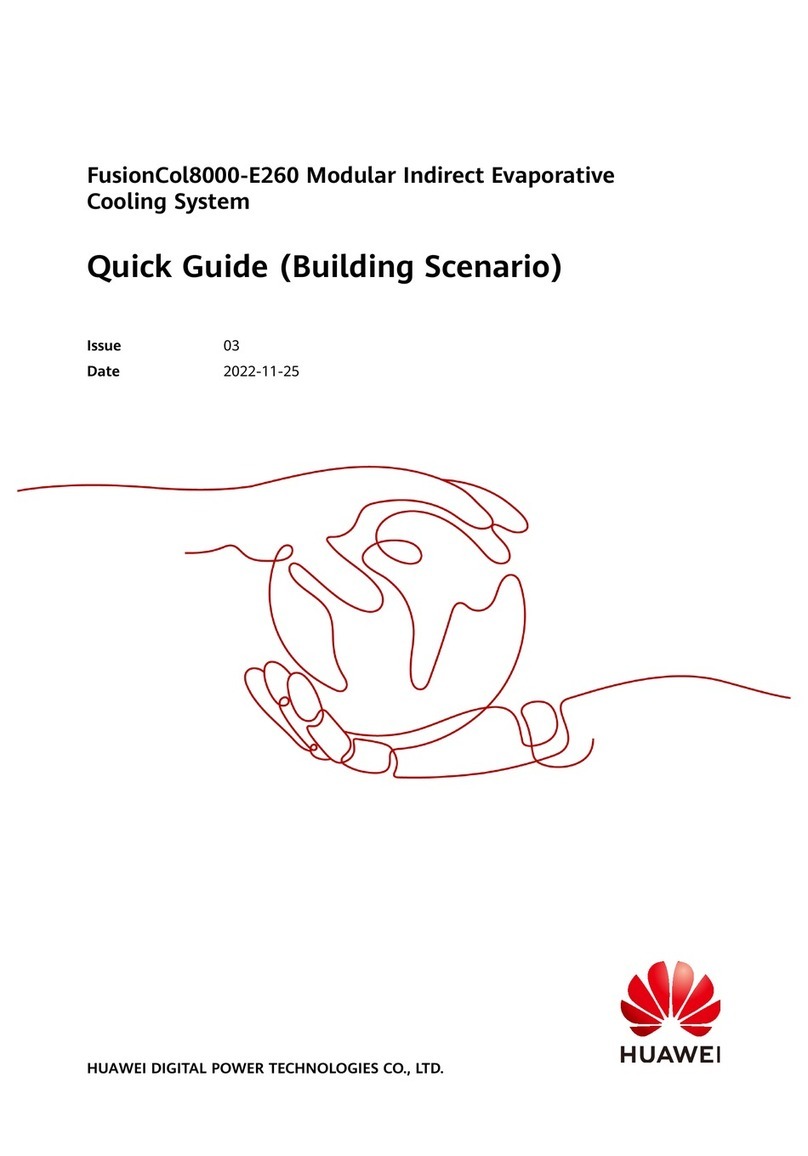
Huawei
Huawei FusionCol8000-E260 User manual

